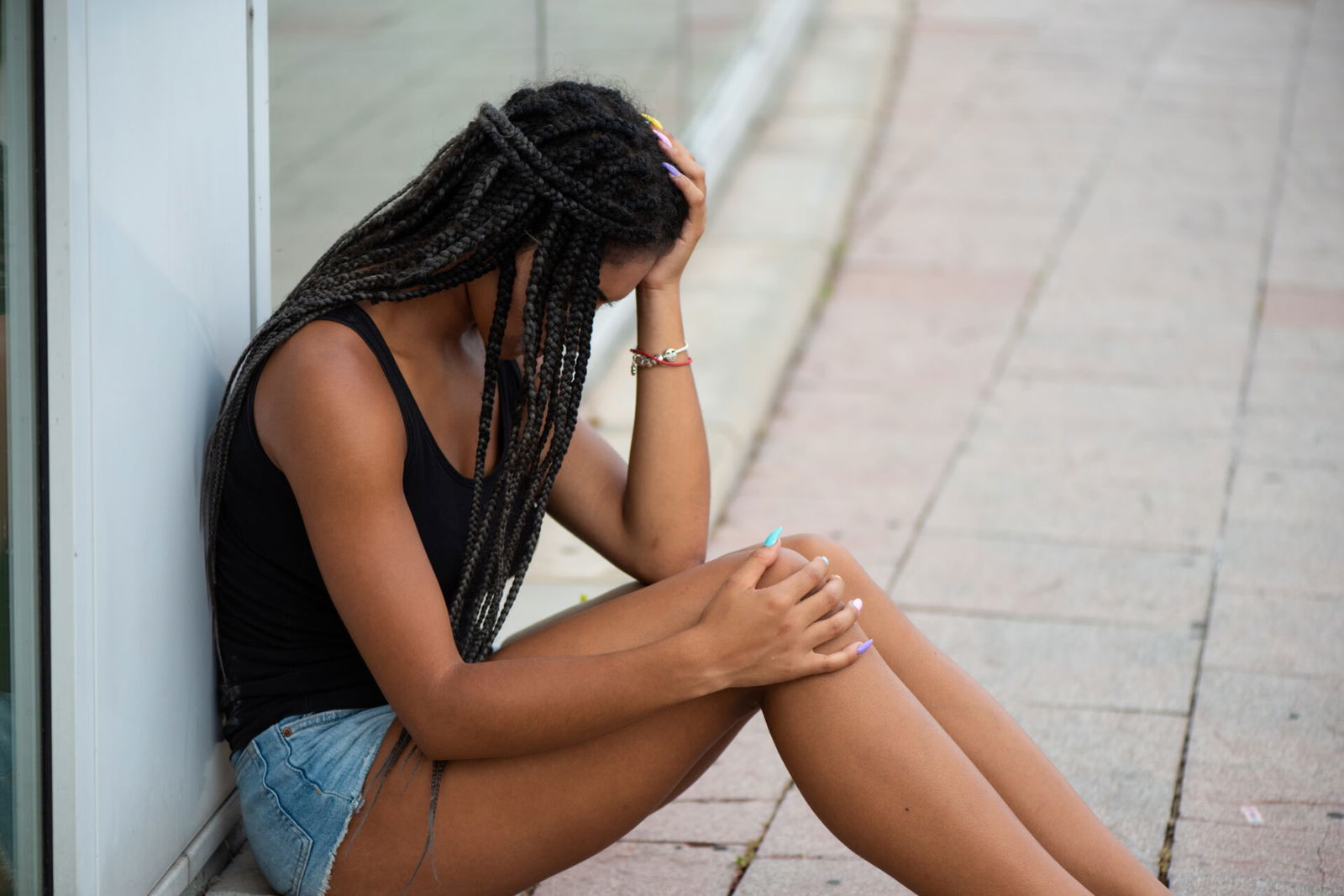
December 14, 2023
Report: Black Girls And Women Suicide Rates Have Doubled In Two Decades
The number of Black women and girls committing suicide has skyrocketed in 20 years.
The 2022 death toll from suicide was the highest number ever recorded in the United States, according to new data, but there has been an alarming rise among Black females ages 15 to 24 over the past two decades.
In late November, the U.S. Centers for Disease Control and Prevention (CDC) released a report outlining the “provisional estimates of suicide by demographic characteristics” in 2022. These results were based on more than 99% of all 2022 death records processed by the National Center for Health Statistics.
In comparison with 2021 data, CDC researchers found a steady rise in the number of suicides for both males and females in nearly every age and race. However, the rates of suicide among Black girls and women ages 15 to 24 more than doubled from 1.9 per 100,000 in 1999 to 4.9 per 100,000 in 2020. In response, the U.S. Surgeon General called for a national strategy for suicide prevention,” the report authors noted.
Researchers at Columbia University Mailman School of Public Health further supported the considerable increases in Black female suicides, examining the epidemiology of suicide among Black females from 1999-2020 in the U.S. by geographical region. Suicide rates among Black women were highest in the West, rising to nearly five suicide deaths per 100,000 among those ages 25 to 34.
Studies support that firearms are the leading cause of suicide death overall; approximately 90% of attempts are fatal.
New research highlights a concerning rise in suicides among young Black females in the U.S., especially in their mid-twenties. This underscores the critical need for tailored support during this crucial period. @epi_kerrykeyes @CUEpidemiologyhttps://t.co/Hq94ZxnlwV pic.twitter.com/4U3d4eLZWb
— ColumbiaPublicHealth (@ColumbiaMSPH) December 7, 2023
Data revealed that 289 Black females ages 15 to 84 died by suicide in 1999. By 2020, the number had spiked to 652, which includes a “clear age effect” with higher rates among younger women. The underlying factor behind one single suicide isn’t easy to determine, but many researchers have acknowledged that Black women and girls’ depression and suicidality have often been overlooked and distorted in the social sciences, psychology/psychiatry, and suicidology.
In a university news release, first author Victoria Joseph, MPH, an analyst at Columbia’s Department of Epidemiology, said, “High rates among those aged 25–27 years suggest that this age may be a developmental period for Black women with particular need of additional support.” From domestic and neighborhood violence to poverty and lack of funding into federal and state support systems, Joseph explained that these “are overrepresented risk factors among Black girls and women in some areas.”
“These findings are in line with evidence that suicidal behaviors are increasing among minoritized youth. While the reasons why remain under investigation, it could be that cyberbullying and online racial attacks toward Black female youth may be on the rise in particular, and therefore interventions targeting certain stressors are particularly critical for young Black women,” senior study author Katherine Keyes, a professor of epidemiology at Columbia, added in the release.
Additionally, Black women are still facing long-standing racial disparities and perceived interpersonal racism, which can have detrimental mental health consequences. While factors may vary, suicide prevention and deeper research are crucial.
Organizations such as the American Foundation for Suicide Prevention and The Jed Foundation’s ongoing campaign, Seize the Awkward, seek to encourage young adults to talk with one another about their mental health and well-being.
RELATED CONTENT: S.O.S: We Need More Black Men As Therapists Now!